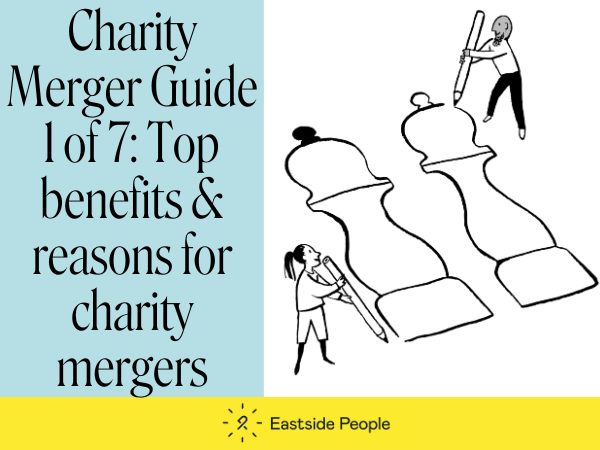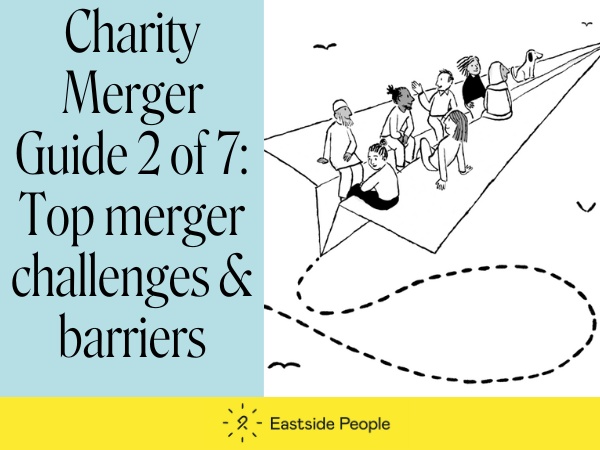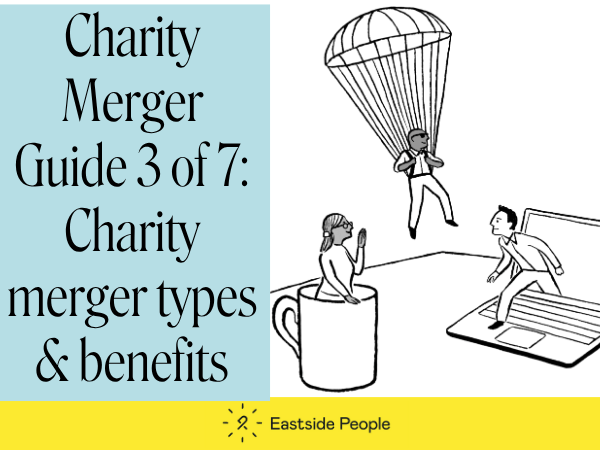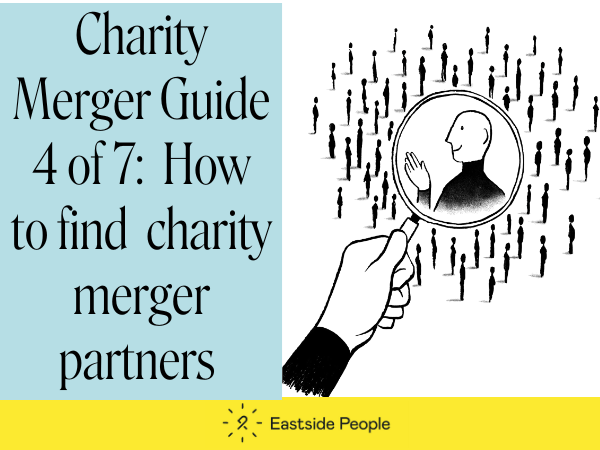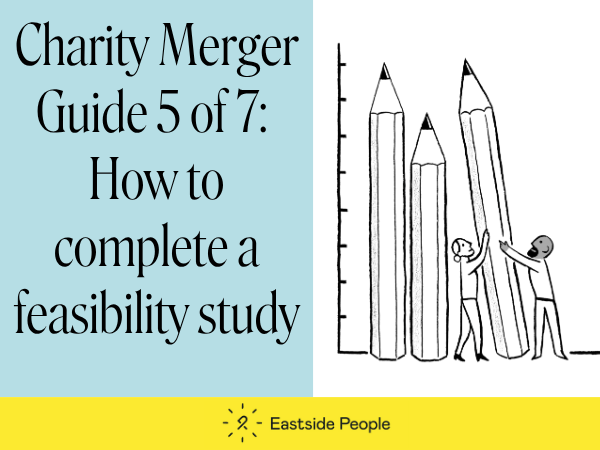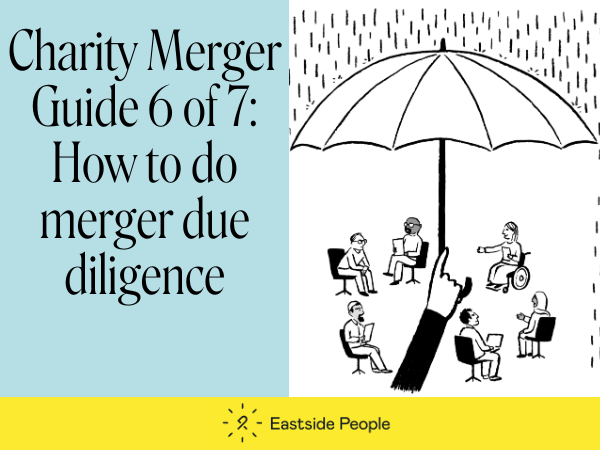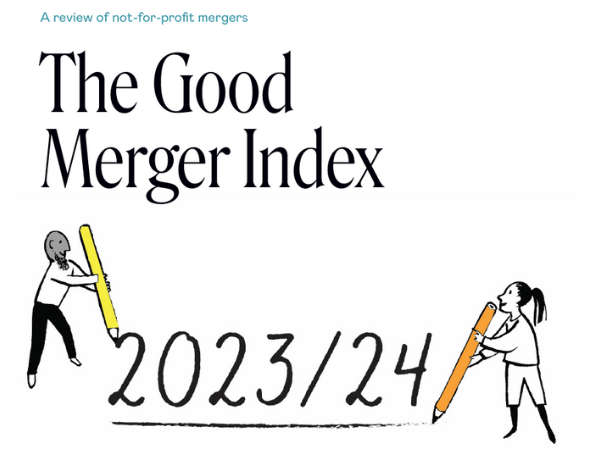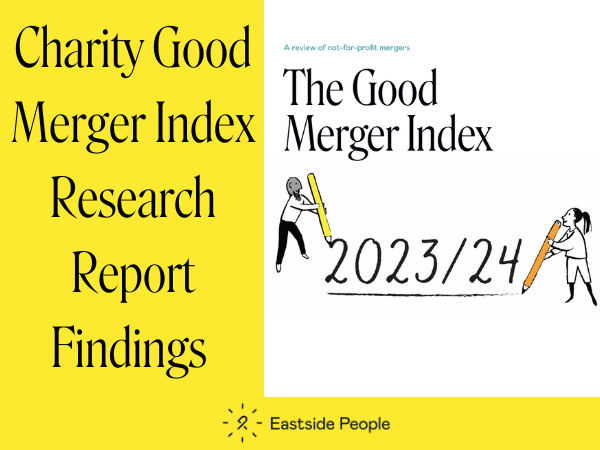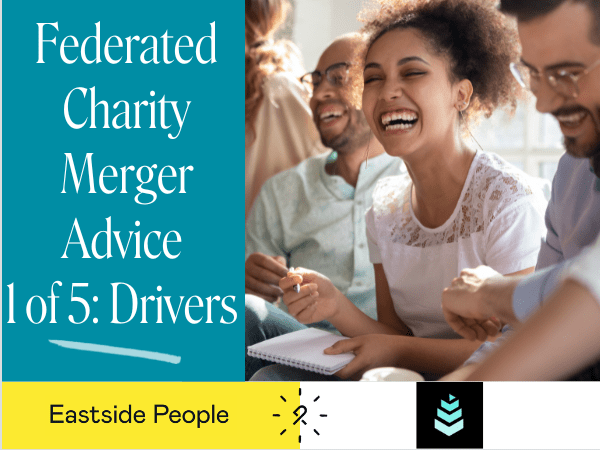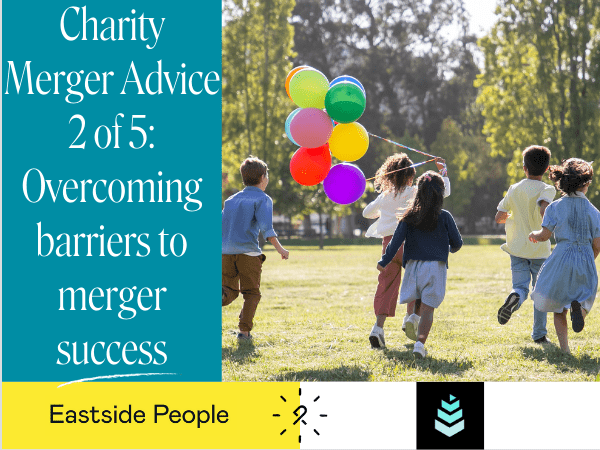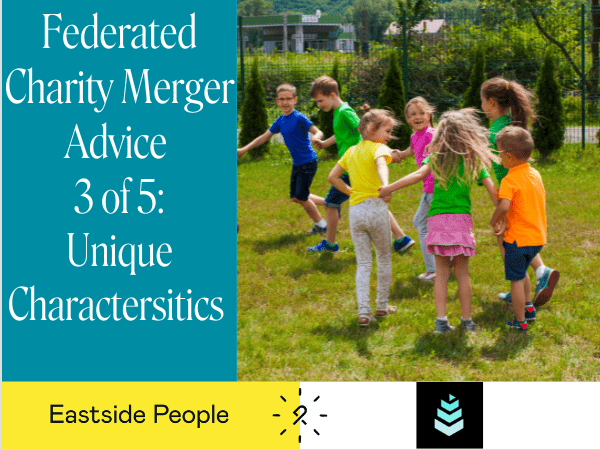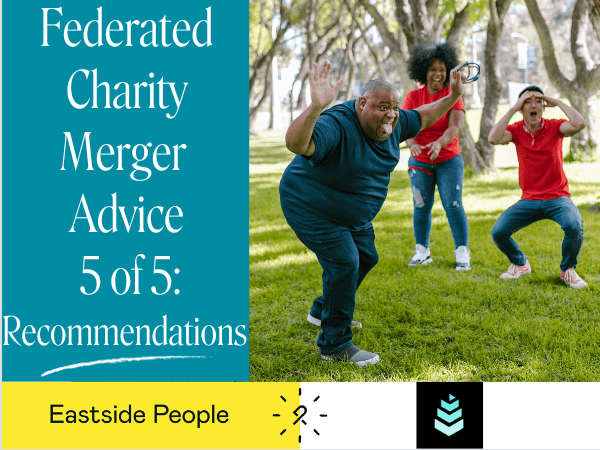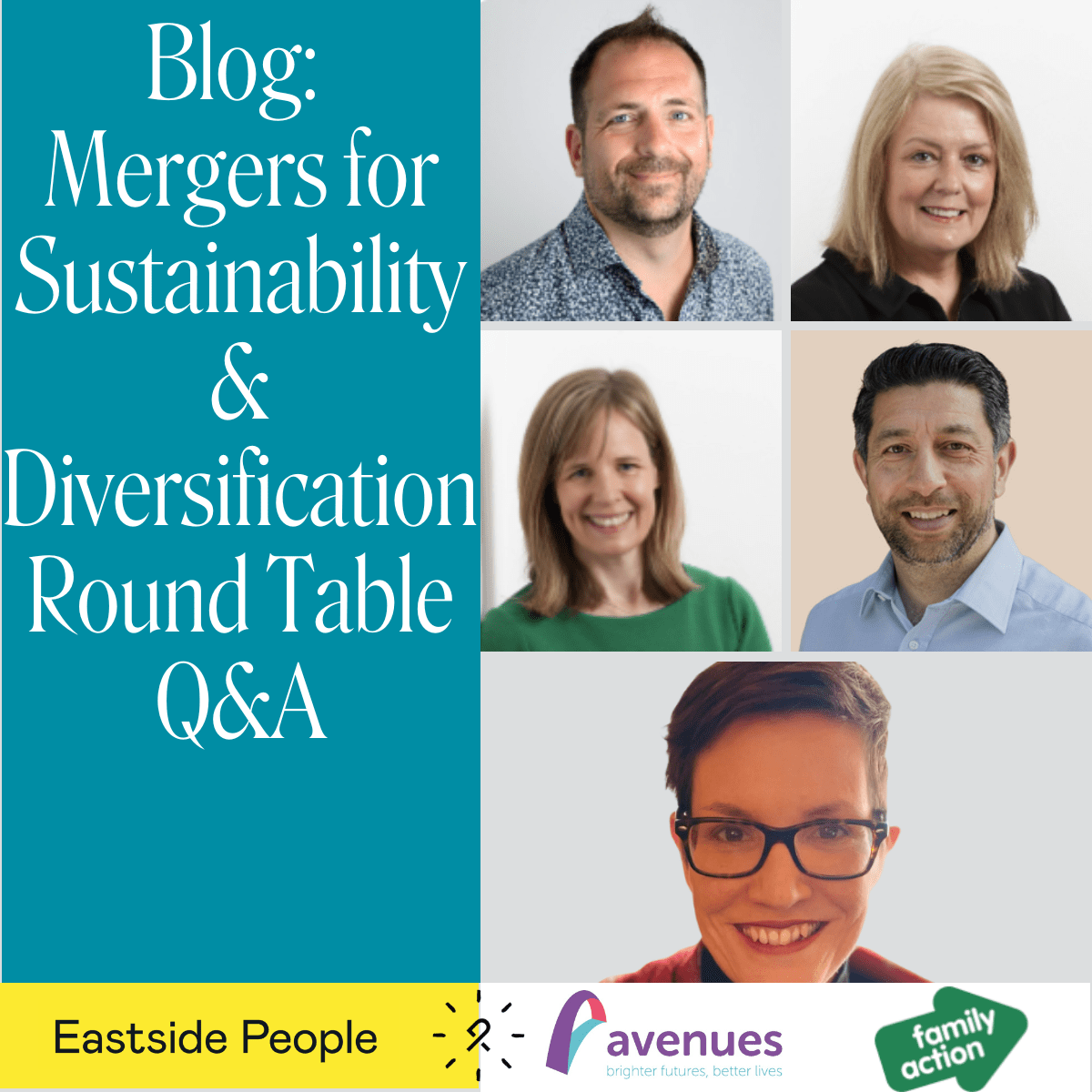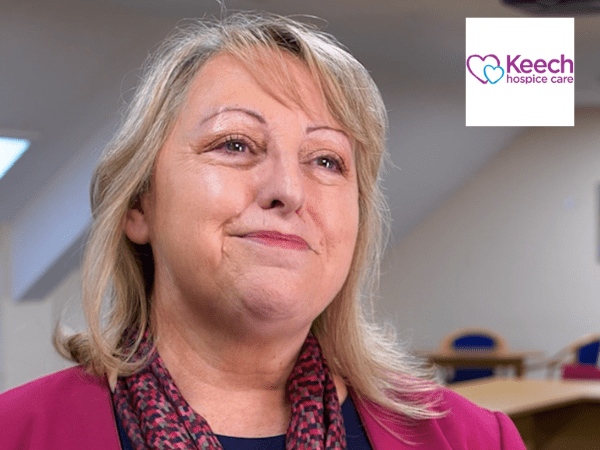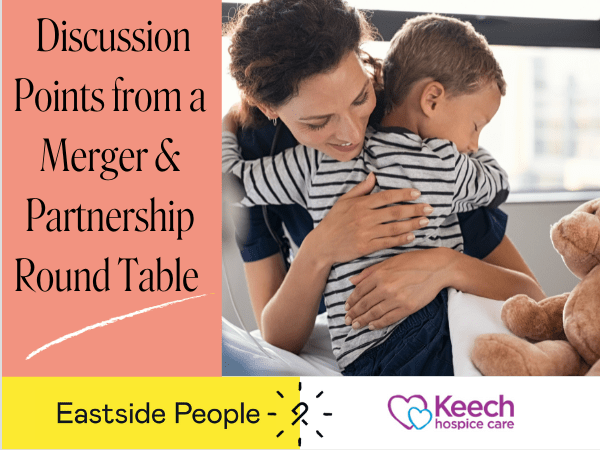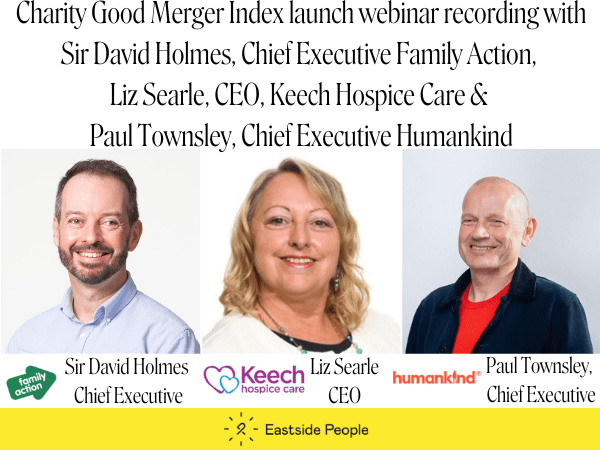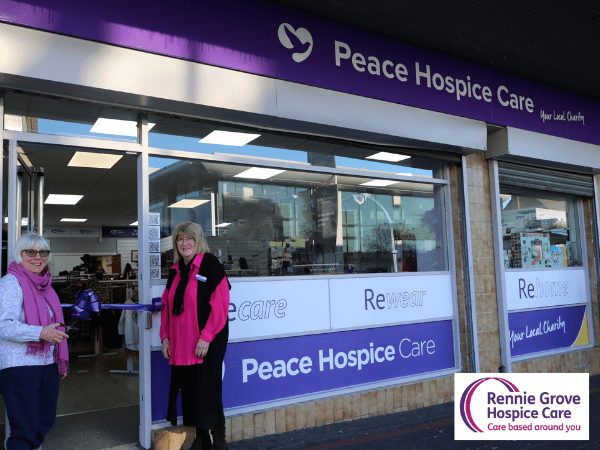Successful mergers can have a transformative effect changing the scale, reach and prospects of an organisation and creating a better deal for the people that rely on a charity’s services. At Eastside People, we have been supporting charities and other not-for-profit organisations through partnerships and mergers for over a decade. In that time, we have witnessed organisations embark on partnerships and mergers for a myriad of reasons.
The Good Merger Guide was created by Eastside People to:
- Highlight the main questions to consider before embarking on a merger
- Provide step by step advice on the three stages of managing a merger.
We have taken some of the best advice and guidance from the Good Merger Guide focusing particularly on the practical and technical aspects of mergers. The 7 articles that make up the set are a must read for anyone in a charitable organisation considering merger as a possible option and wanting to know more about what is involved. This is article 7 of 7.
The 4 building blocks of post-merger success.
It takes a lot of time and effort to make a charity merger happen. After all the hard work of the due diligence process, once the parties’ Boards approve the merger, you have reached a significant milestone. But this is not the finish line.
At Eastside People, we have supported more than 40 successful mergers over the last decade – each with its own benefits and challenges. In that time, we have seen what works best. Like any significant change programme, we know that successful integration requires careful planning, a compassionate approach, and an ongoing investment of time and effort for months, even years, post-merger.
These are the four features of successful integration which we recommend that you consider early on and then keep reviewing.
1. Pace
Balancing business as usual with an appropriate pace of change is key to avoiding disruption to services, maintaining morale and, ultimately, ensuring that the merger is successful.
Determine what must continue undisrupted and then decide what changes to prioritise, and what can and should wait. Post-merger integration is not a sprint, so don’t rush it.
2. Co-production
It is important to involve key stakeholders in the process – in particular employees and ideally service users – from an early stage.
While leadership will play a crucial role in setting the tone for the process, a successful integration cannot simply be mandated from the top. If you engage stakeholders in a true sense, by giving them opportunities to voice their hopes, concerns, contribute ideas and co-produce elements of the integration process, they are far more likely to buy-in to the merger.
Many organisations aspire to create a culture of respect, where everyone’s voice is heard and valued. Merger is an opportunity to put such values into practice – and the process will benefit from their input.
3. Planning
For any organisation, implementing a merger is a significant programme of work. So we recommend that you develop an implementation project plan early on that addresses the following areas:
- Integration of operations: This includes combining staff, programme, and systems. It is the first step to becoming one organisation. How will the merger effect your leadership team and other key employees? How will it affect your service users?
- Governance development: Consider the key governance requirements, both those required to complete the legal merger and those required for the organisation post-merger. These meetings and decisions can provide the backbone of your implementation plan, especially in the early stages
- Combine back-office functions: Plan how to integrate administrative functions such as finance, HR, and IT to streamline operations and reduce costs. This is often the part of the plan that takes the longest. Once you have agreed how all these elements are going to work, implementing the changes at pace will be key to maintaining momentum. Regular communications can mitigate any potential frustration caused if this does progress slowly
- Branding: Sometimes – though not always – a merger will require or inspire a need to rebrand. Who is developing the new brand? Does it need to happen straight away or is it a lower priority? There is often an opportunity to engage and seek feedback from staff and beneficiaries on the new branding
- Harmonise policies and procedures: Align policies and procedures across the merged organisation to ensure consistency and efficiency. The due diligence process should have identified the changes you need to make. Again, this can often take a while to implement, but again, consistency and clear communication are essential
- Cultural integration: Culture can make or break a charity, and bringing two organisations together means merging two cultures. Foster a unified organisational culture – one that promotes shared values, encourages collaboration among staff, shows recognition and appreciation for everyone’s role and stays rooted in the impact the organisation is seeking to achieve for its beneficiaries. Note that how the leadership behaves will set the tone for the organisational culture
- Monitor and adjust: Taking a continuous improvement approach will enable you to learn from the implementation process, address any ongoing challenges and capitalise on new opportunities
- Evaluate impact: Assess the impact of the merger on the organisation’s mission and goals. Collect feedback from stakeholders to identify areas for improvement. Organisations often overlook this task, but it is important to understand and review what impact the merger has had on your organisation and beneficiaries. Ultimately, this can tell you whether you’ve achieved the strategic goals that you identified at the very outset of your merger journey.
4. Communication
Finally, consistent, transparent and ongoing communication is the key to any successful change programme. Honest and open communication will build trust – in particular when combined with a well-paced, co-produced and well-managed change programme.
Ensure that you communicate clearly, considerately and regularly with your stakeholders, so that they understand the reasons behind the merger and trust in the benefits it will bring. What information do your employees need? What about volunteers, donors and beneficiaries?
If and when your change programme encounters challenges, sharing regular updates, explaining what is happening and why, as well as what will happen next, can go a long way to mitigate frustration and maintaining good will.
Next Steps:
We feel that the sooner you start thinking about merger and partnership the greater the chance of success.
We are here to help you wherever you are in the merger journey. Contact us for a free, completely confidential 30-minute advice session with one of our merger experts to discuss how to take the next steps.
Find out more about our charity and not-for-profit merger and partnership consultancy services.
While the Good Merger Guide is available for download, as this was originally created in 2014 it contains older case studies and references. Please refer to the latest Good Merger Index and our website merger topics section for our latest case studies, blogs, insights and other merger-related content.
Read the other articles in our ‘how-to’ charity merger series.



